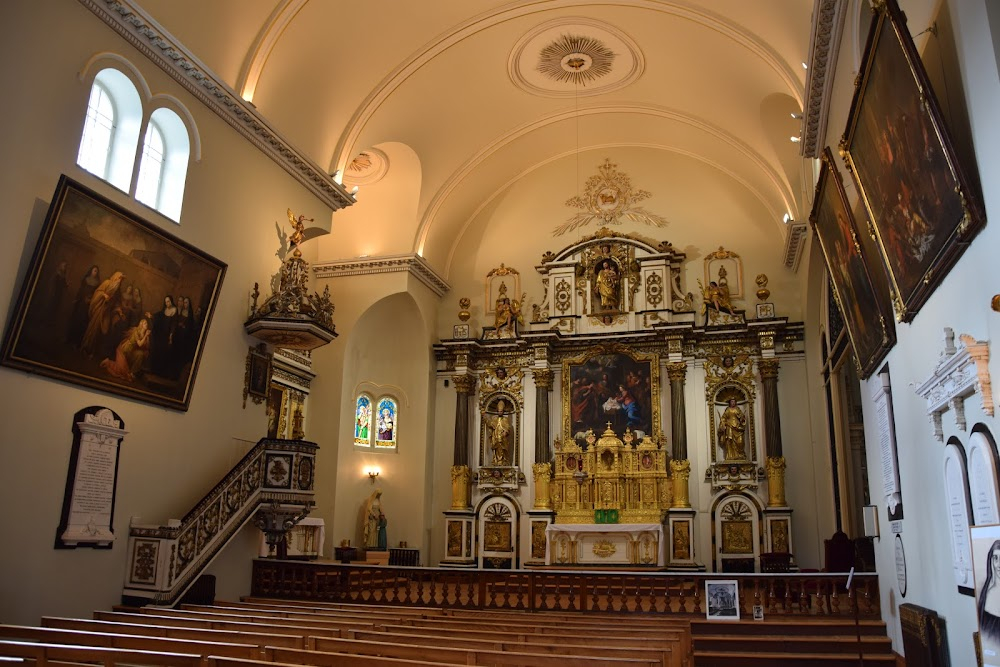The Mother Eagle (Le Sang du pélican) Filming Locations
The Mother Eagle (Le Sang du pélican) Filming Locations
Québec City sits on the Saint Lawrence River in Canada's mostly French-speaking Québec province. Dating to 1608, it has a fortified colonial core, Vieux-Québec and Place Royale, with stone buildings and narrow streets. This area is the site of the towering Château Frontenac Hotel and imposing Citadelle of Québec. The Petit Champlain district’s cobblestone streets are lined with bistros and boutiques.
Loir-et-Cher is a department in the Centre-Val de Loire region of France. Its name is originated from two rivers which cross it, the Loir in its northern part and the Cher in its southern part. Its prefecture is Blois. The INSEE and La Poste gave it the number 41. It had a population of 329,470 in 2019.
Québec City sits on the Saint Lawrence River in Canada's mostly French-speaking Québec province. Dating to 1608, it has a fortified colonial core, Vieux-Québec and Place Royale, with stone buildings and narrow streets. This area is the site of the towering Château Frontenac Hotel and imposing Citadelle of Québec. The Petit Champlain district’s cobblestone streets are lined with bistros and boutiques.
Tours is a university town between France's Cher and Loire rivers. Once a Gallic-Roman settlement, today it's a university town and a traditional gateway for exploring the chateaux of the Loire Valley region. Major landmarks include the cathedral, Saint-Gatien, whose flamboyant Gothic facade is flanked by towers with 12th-century bases and Renaissance tops.
The Mother Eagle (Le Sang du pélican) (2020)
Following the announcement of their departure, the dean of the Ursulines (Marie-Ginette Guay, an actress from Quebec) prays for help to Marie of the Incarnation in the oratory, where her tomb lies. Her prayers are heard and Mary of the Incarnation (Karen Elkin) emerges from the statue crowning the tomb. The camera follows this wraith through the building's corridors. The spectrum becomes increasingly tangible until it stops in front of a large mirror in the main entrance - And she sees herself, just like us, for the very first time. An Ursuline nun comes in from outside. Our Marie takes the opportunity to slip out while her image is imbued in the mirror. (The mise en abyme is the film's main premise. Questions will always be aroused whenever our Marie sees herself.) Outside, the Nouvelle-France celebrations are at their peak, thrusting Quebec's activities forwards. In the context of these events, our Marie is taken for an actress who is playing Marie of the Incarnation. Later on, she meets the nuns and is able to understand what they are experiencing. As she hears their stories about how the mission was founded, she has a series of flashbacks, taking her to our country's origins. Having taught in First Nation languages, she is also interested in their descendants, taking every opportunity to go out and meet them. This last part of the story also allows us to discover the First Nations' everyday life, both how it was in the past and is now. At the end of the film, Marie returns to be with the Ursulines and supports them, helping them leave their convent and start a new life, together with all those who have been brought up in the school she founded.


